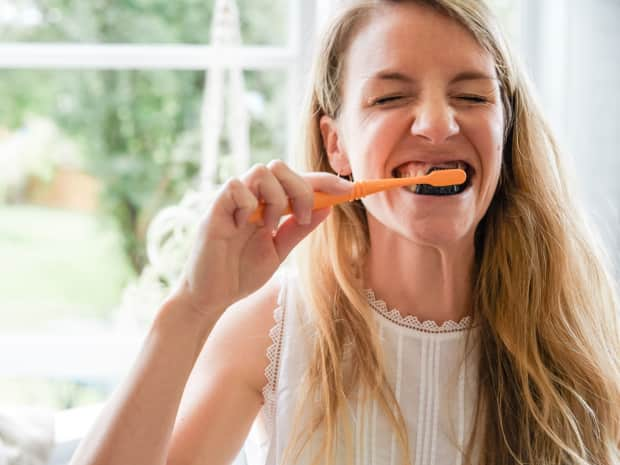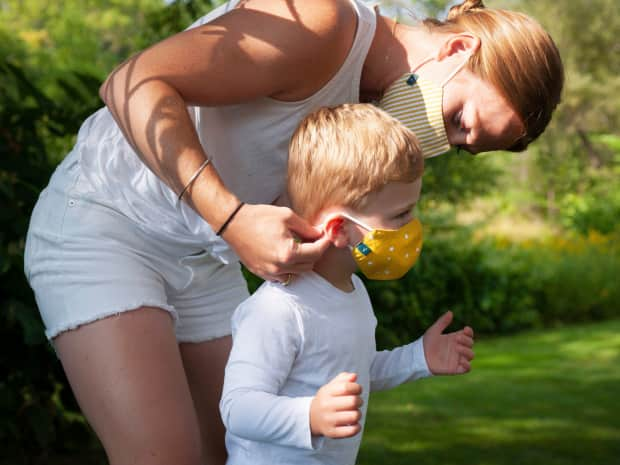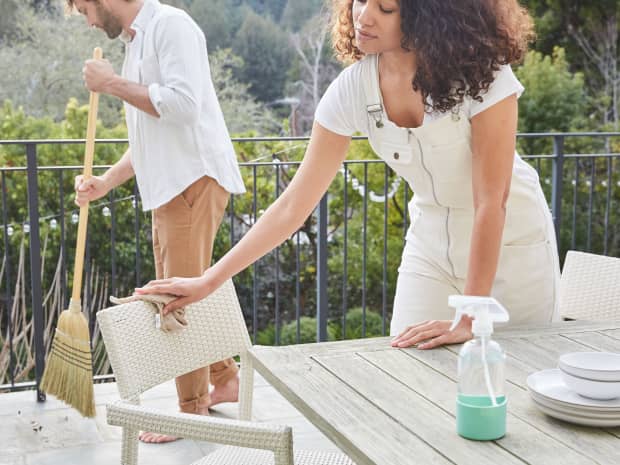How often should I replace my toothbrush?
Bristles can wear down over time. Switch out your toothbrush every three to four months to ensure strong bristles and a deep clean.
Should I sanitize my toothbrush?
The best way to care for your toothbrush is to allow it to air dry after every use. That being said, if you get sick, recycle your toothbrush and replace it with a new one.
How should I store my toothbrush?
Store your toothbrush in a cup or toothbrush holder with the head facing up, allowing air to circulate for proper drying. And if your toothbrush shares space with your toilet in the same room, consider storing it in a drawer or enclosed toothbrush holder once dry.
What are natural toothbrush bristles made of?
Natural toothbrush bristles are typically made of boar hair, which — while natural — won’t be appropriate for vegans and may be too rough on sensitive gums. Starting with an eco-friendly toothbrush handle might make for an easier swap, especially if paired with more easily recycled nylon-6 bristles or a removable head that makes composting or recycling the base easier.
Are natural toothbrush bristles recyclable?
It depends on the material, as a natural toothbrush may have a naturally derived handle but still rely on nylon bristles. Only bamboo toothbrushes with boar hair bristles are fully biodegradable, but you can opt for BPA- and chemical-free nylon like nylon-6, which can be recycled, or compostable nylon-4.
How long do bamboo toothbrushes last?
Like traditional toothbrushes, bamboo toothbrushes typically last roughly three to four months. Technically, they can last longer, but dentists recommend replacing brushes when the bristles begin to fray, so if your toothbrush has a connected head, that’s your timeframe. Since, unlike plastic, bamboo toothbrush handles are biodegradable, you can compost the handle if you remove any nylon bristles, making them a more eco-friendly option.
What can I use instead of a toothbrush?
If twigs and pine aren’t your thing (and we don’t blame you), you do have another alternative. Although technically still used similarly to a toothbrush, a miswak brush uses bristles crafted from vegan-friendly miswak wood instead of nylon or other synthetic fibers. Or if you’re still enamored with the idea of a twig, a miswak teeth-cleaning twig might be the ticket: A 2014 study found a chewing stick just as effective as a toothbrush. You chew the wood down to its fibers, which can then be used similarly to a toothbrush to give your smile a scrub.







